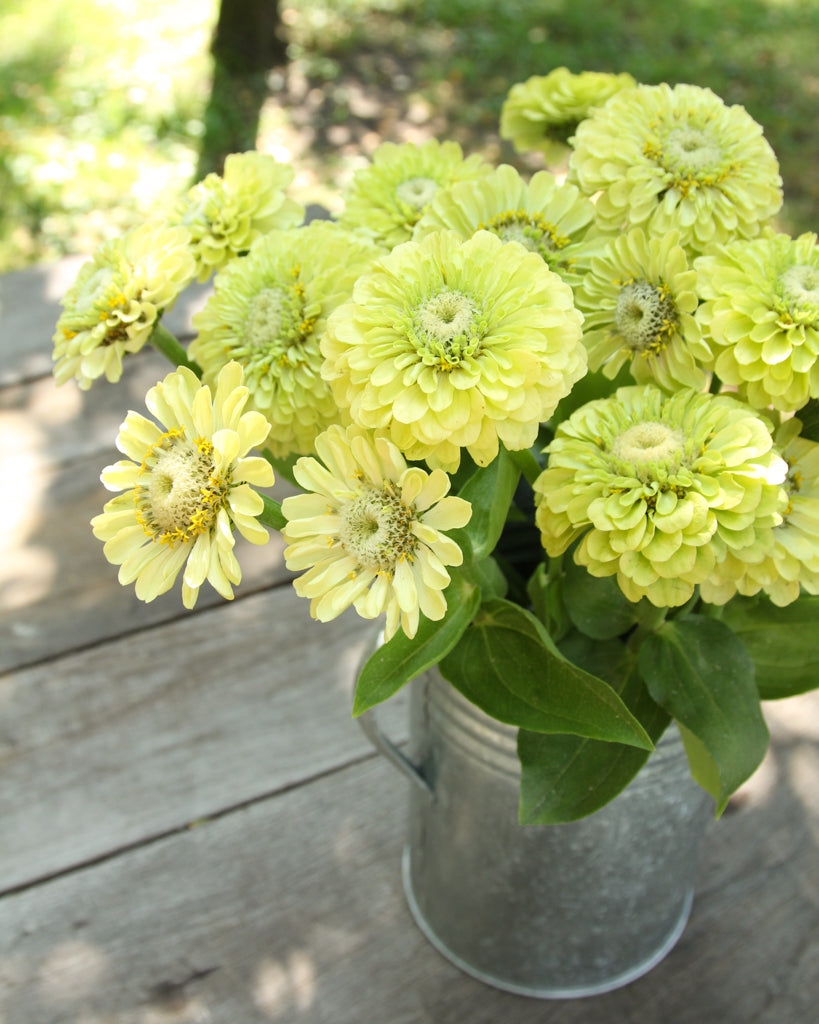Ornamental onion plants: What you need to pay attention to
Ornamental onions, also known as Allium, are an attractive eye-catcher in the garden as early as April and are among the most decorative flowers. We have a few tips to keep in mind when planting these impressive beauties.

Planting time and planting depth
Since ornamental onions thrive best in full sun, plant the bulbs in a sunny spot starting in early September. The bulbs should be planted in the ground by November at the latest – about 5 to 15 cm deep, depending on the size of the bulb. As a rule of thumb, the planting hole should always be three times as deep as the bulb is tall. For large-flowered varieties, the planting distance should be about 10 to 15 cm. Alliums are particularly effective when planted in small groups or in undulating patterns throughout the bed.
The right floor
The soil should be well-drained and rich in humus, which will encourage vigorous growth. If the soil is heavy and moist, add fine gravel or coarse sand. This layer will protect the bulbs from moisture. It's also a good idea to place a small marker, such as a small wooden stick, into the soil to help you easily find the location and avoid accidentally damaging the bulb.
Planting partners
Since ornamental alliums prefer dry soils, companion plants should have similar preferences. Late-emerging perennials such as sedum, catnip, tall yarrow, or ornamental grasses are particularly suitable. Grasses in particular, but also hosta leaves, protect the dormant allium bulbs with their clumps later in the year.














